|
Walking down the streets of any big city in the world, you'll more than likely come across functional, but elaborately designed manhole covers. But in Italy, such beautiful practicality has been going on for a very lone time... even back to the time of ancient Rome. In fact, many claim that our GVI mascot, La Bocca della Verita was once a large manhole cover. Enjoy the variety in this collection, and don't forget to look down once in a while while walking through Italian cities. --Jerry Finzi Some of these are nearly 2000 years old...
 Since ancient times, there have been shrines of the Gods, watching over Romans in their day to day life--and they are still there, but since Christian times, in the form of Madonnelle, shrines to the Holy Mother Mary on the facades of Roman buildings all over the ancient city. Some are painted, some sculpted, while others are mosaics or behind glass. And while others are at eye level to pedestrians passing by, most seem to be perched up high, usually on the second floor overlooking the street below. They are all well maintained and beloved, with many displaying fresh flowers and illuminated at night with their own personal street lamp. Others even have ornate but functional canopies to protect from inclement weather. Still others have ornate frames, themselves works of art. Stone angels often are often surrounding the Madonna and intricate ironwork is often used to support the shrines. "Today enters March, the wrangling arose underground and cracked the Earth, God save the quarrel, the witch, the femmena mandrega, by dogma are angry and envious of Mankind." --from Prete Grasso e dal Vilan che va a Spasso (The Fat Priest and Villain Take a Walk, a childrens story)  A detailed map of where to locate the margolfe of Fiumalbo A detailed map of where to locate the margolfe of Fiumalbo This children's story warns against evil and reminds us of the Margolfa, a "mummy" carved into stone and used to ward off evil and the malocchio in the region surrounding Fiumalbo in the mountains of Emilia-Romagna. These stone heads are placed on walls and homes to scare away the evil that came from the deep, dark forests in medieval days. Perhaps this superstitious tradition was begun by the ancestors of modern day Fiumalbini, who in times past actually hung the severed heads on doors and walls as a warning to their real world threats--invaders--to stay away. While some margolfa are ancient, there are local artists still carving new ones today... and people still guard their homes from the malocchio with them. --Jerry Finzi You might also be interested in...
Small Towns of Italy - Fiumalbo in Emilia-Romagna Monsters of Italy: Sardinian Mamuthones, the Stuff of Nightmares Garden of Bomarzo - Lions, Monsters and Bears, Oh My! Villa Palagonia, the Sicilian Villa of Monsters Castello Incantato - the Enchanted Castle and Stone Heads of a Madman To me, the old, weathered doors in Italy are a work of art in and of themselves. Their textures of aged wood, peeling paint and ancient, blacksmith forged hardware are wonderful subjects for my own photography. But in the small mountainside village of Staiti in the Aspromonte National Park in Calabria there are doors that boast both colors and colorful words. They were painted by a Staitese artist, Teresa Gandini, with the help of local boys. Gandini is a well known artist in the area who usually paints local scenes of rustic architecture, gardens and floral settings. But in this case, not only her images, but also the words she paints on the doors are what transforms them doors into sheer architectural poetry. They could very well be the doors to visitors' souls... --Jerry Finzi First of all, not all beaches in Italy even have sand to build Castelli di Sabbia (sandcastles). Secondly, even if you were on an Italian beach with lots of fine sand and started to build a sandcastle with your child, more than likely a group of Italian children would gather around, never having seen anyone do such a thing. Thirdly, if you are on a beach like Eraclea (near Venice), the bagnino (lifeguard) would come over to stop you and give you a fine. It's apparently illegal, by mayoral degree, to build sandcastles as they block the public access. Curiously, there are still some very large sandcastle competitions all over Italy during the summer months... one of the most prestigious being on the lido in Jesolo, just east of Venice, another in the seaside town of Cervia near Ravenna, and yet one more in Alessio on the Italian Riviera west of Genoa. Another unexpected one is on Easy Living's Urban Beach on the banks of the Arno River in Florence, a hipster beach bar. --GVI 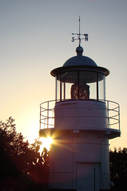 Castello di Ruffo di Scilla (also known Ruffo di Calabria castle) is an ancient fortification, originally built during the 5th century BC, and located on the Scillèo promontory, looking out over the Strait of Messina. The castle is in the town of Scilla, about 20 km north of Reggio Calabria. The castle also houses one of the Navy lighthouses, the Scilla lighthouse.  Mythology tells us that Scilla was a beautiful young girl, daughter of Niso, who was King of Megara. She was loved by the marine god Glauco, and transformed by a wizard named Circe into a monster with six heads of ferocious dogs who devoured sailors passing through the Strait of Messina. Due to the unpredictably strong currents, the Strait of Messina had always been feared by ancient mariners. It is said that Tyrrhenian pirates were first to settle this coastal area in 493 BC, but others claim it was already settled during the time of the Trojan Wars in the 12th century BC. Built by the Dukes of Calabria, the Castello di Ruffo costs a mere €1.50 to tour, overlooking the Marina di Scilla and its wonderful pebble beach. The beach-front in summer is frequented by tourists and surrounded by hotels and restaurants. Because of its location in the Straight of Messina, the waters are typically very warm. As such, the fishing in these waters are world renowned for catching Pesce Spada, or swordfish and the Castello contains many exhibits about what it takes to catch this elusive great fish. --GVI
When we planned out Voyage to southern Italy, one of the things on my bucket list was to stay in a trullo--the pointy roofed stone houses of Puglia. Trulli are dotted throughout the countryside, some in the more ancient style of chopped-top cone, others abandoned and in ruins, and many in farm complexes made up of as many as 6-8 trulli. Their roofs can be adorned with painted hex symbols by their owners and they are topped with a wide variety of finial, sometimes in the shape of stars. They are restored into B&Bs and year-round villas with some being very chic. But nothing can prepare the Voyager when he visits the UNESCO town of Alberobello, with over 1600 trulli clustered in the town center. In Alberobello, there are many wonderful gift shops, and while some offer the standard tourist kitsch, what I loved about the town is the amount of local artisans offering their hand made products. You can buy beautiful jewelry in the many different religious and pagan shapes found painted on the pointy roofs, local pottery and ceramics, wooden bread stamps carved with your initials, hand made pocket knives (I came home with a sommelier version)... but my favorite local craft are the miniature trulli. They are all made using local stone to mimic the real stone and techniques used to built the real trulli. There are tiny ones that you can hold in your hand and large ones that you can place in your garden. Here's a short video about trulli and how they make miniatures. --GVI
Use your mouse pointer to draw the view left and right
|
Categories
All
Archives
January 2024
|

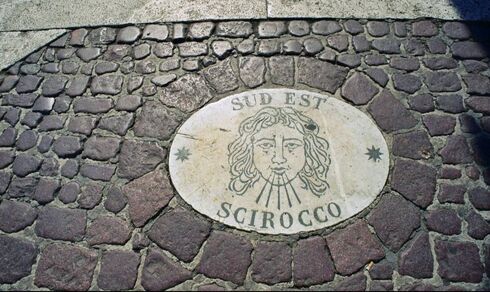
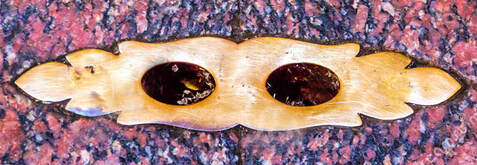










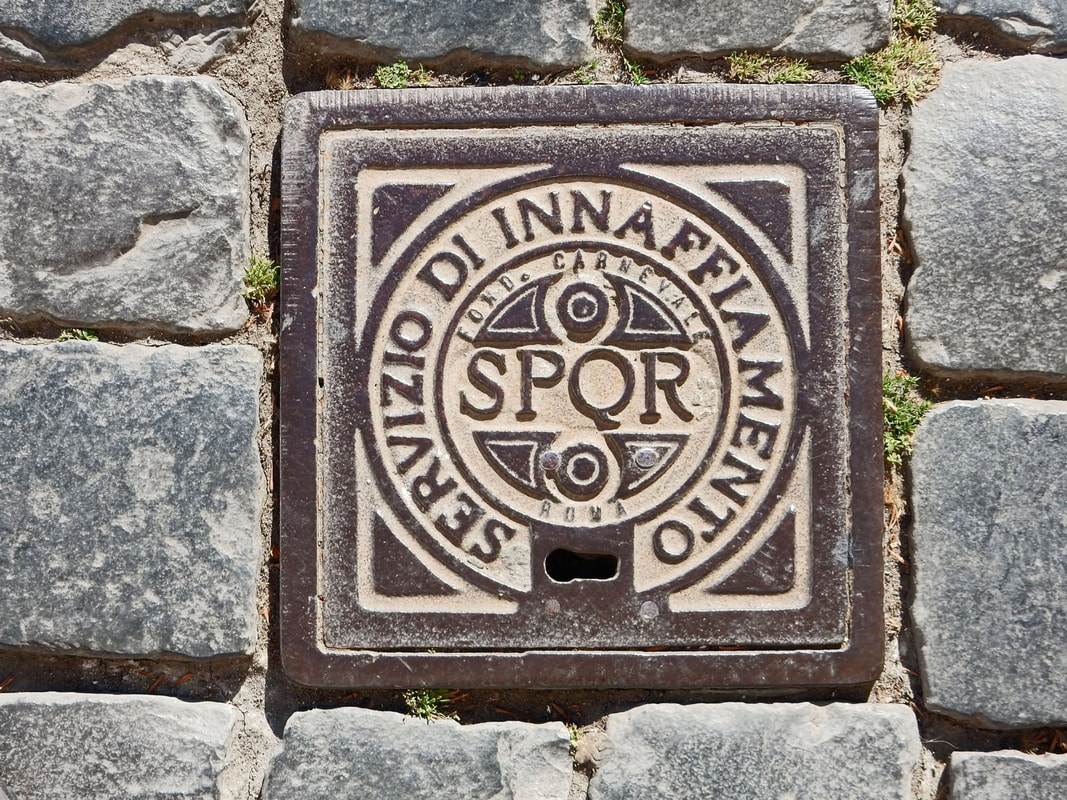


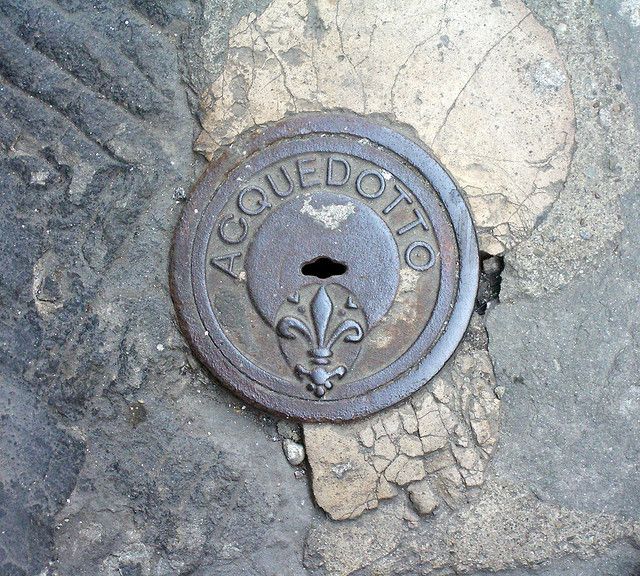




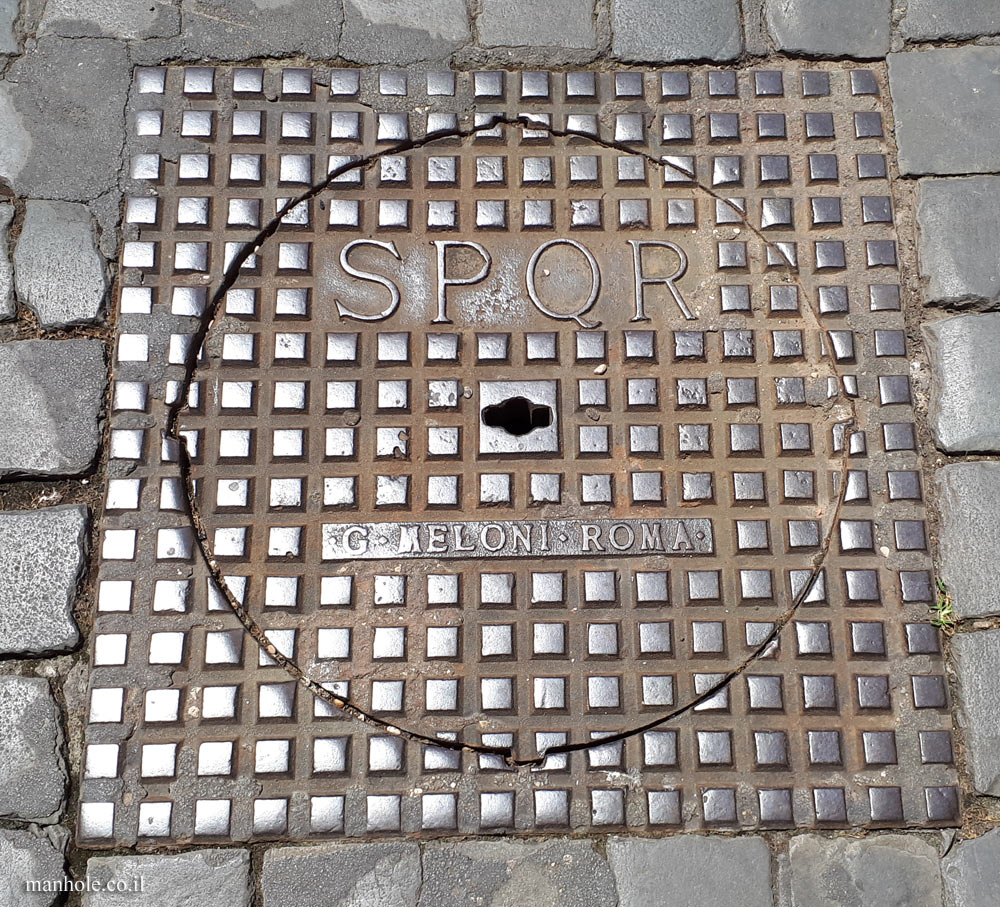















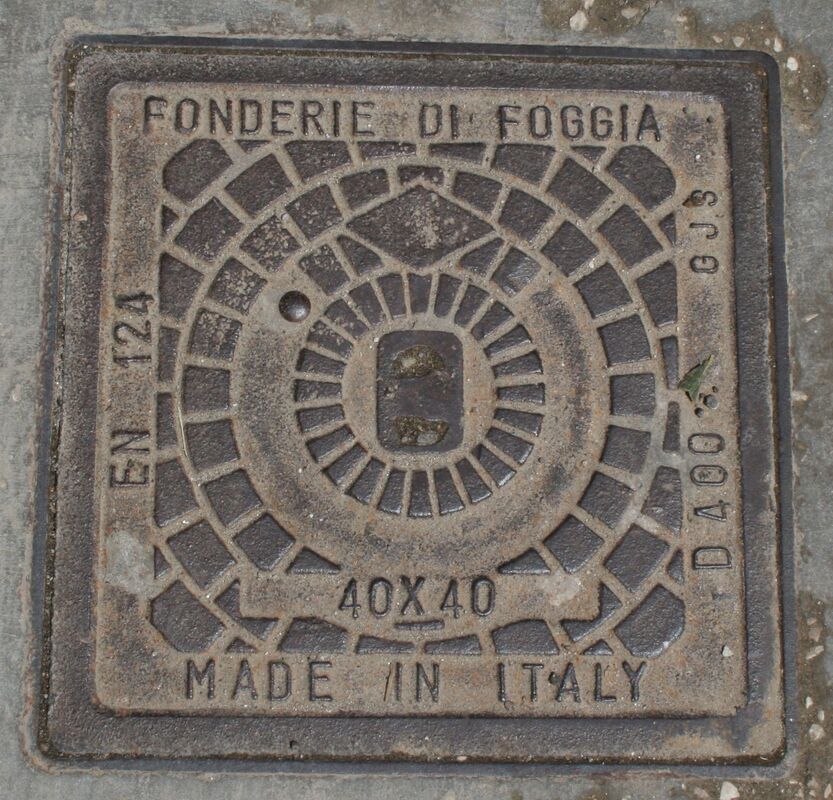























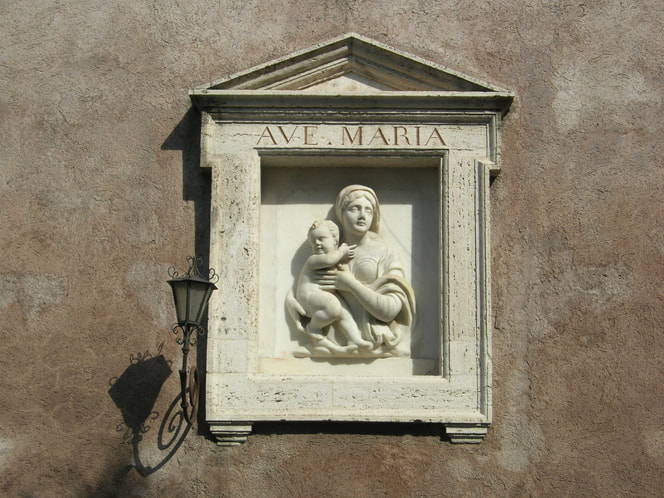

























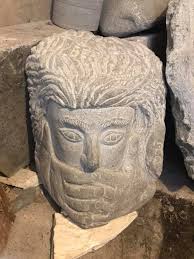
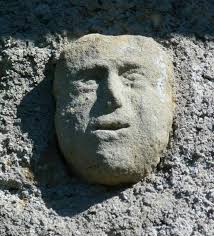










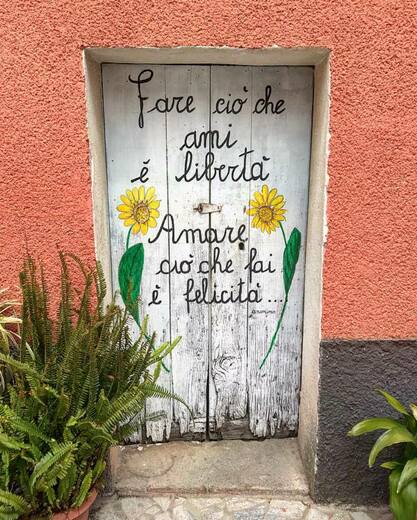
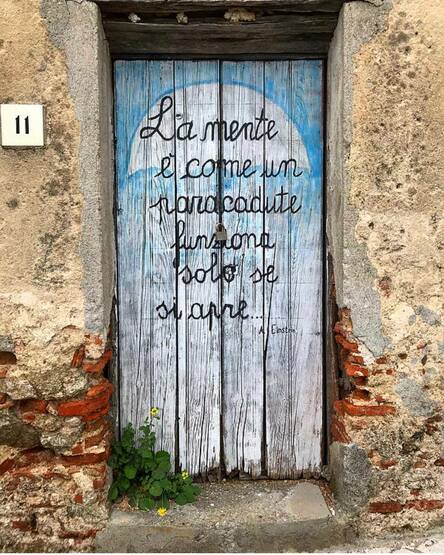
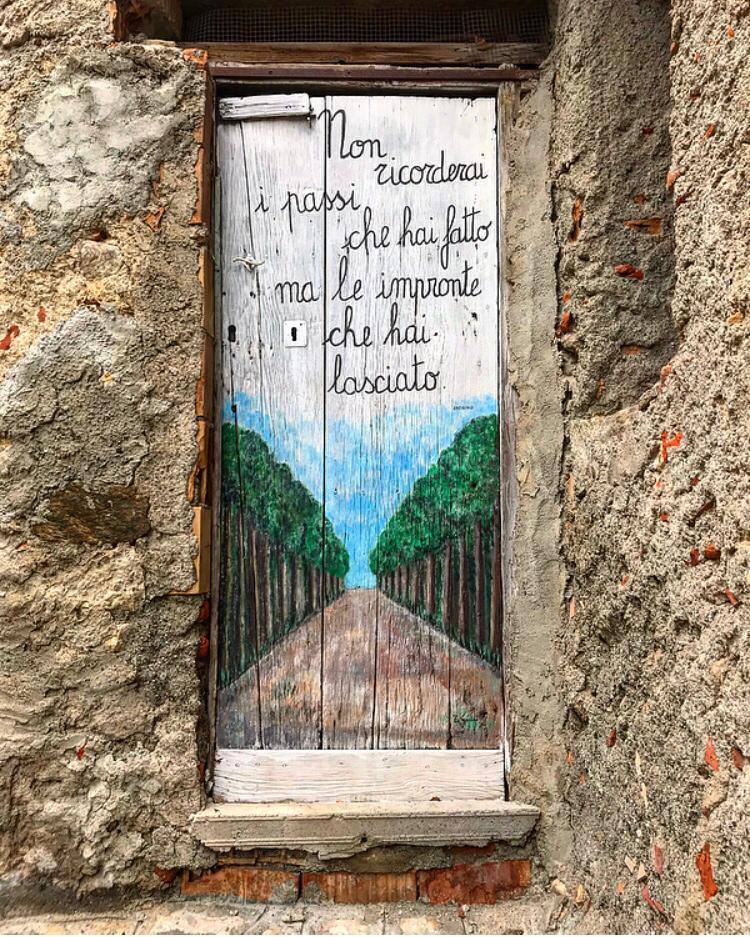

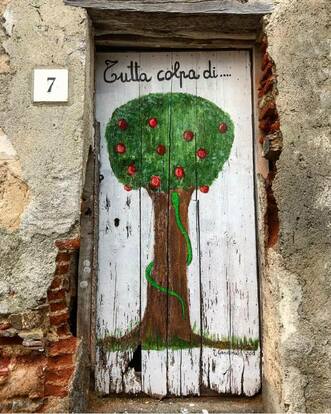






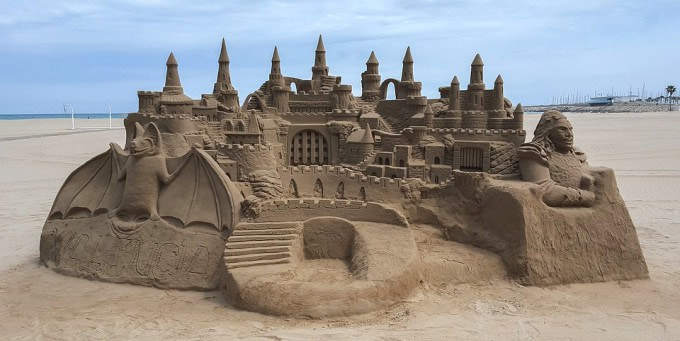

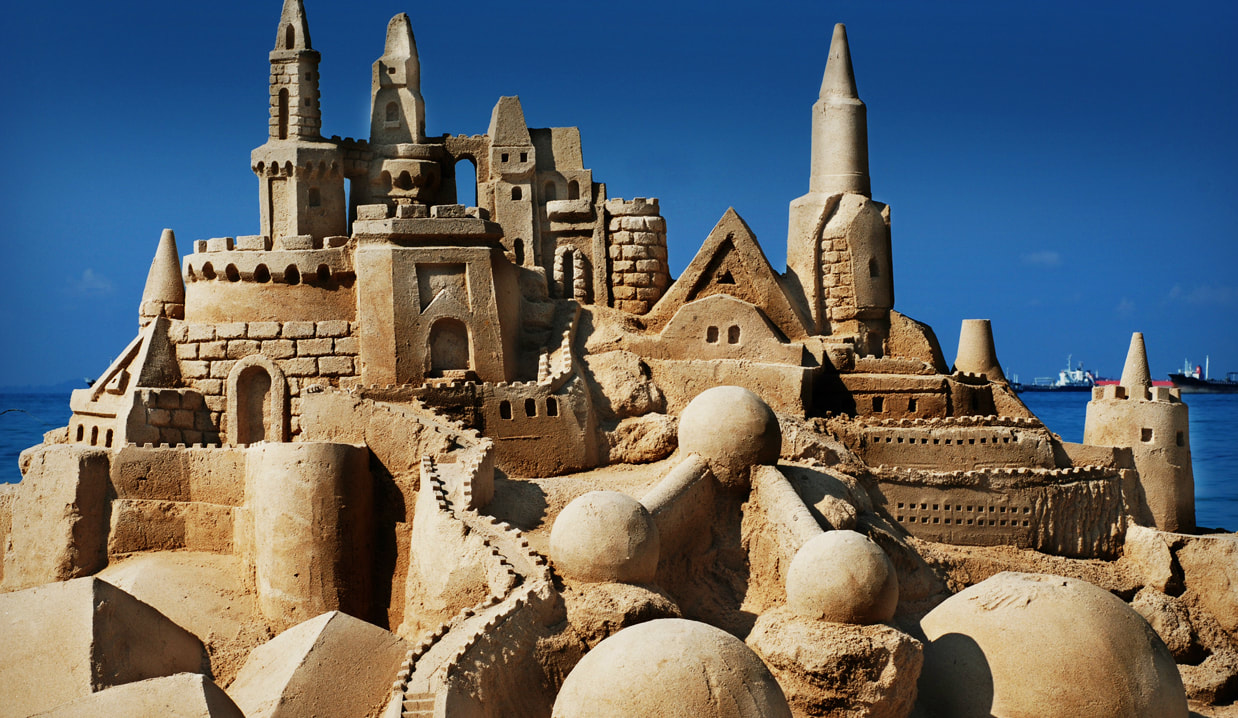






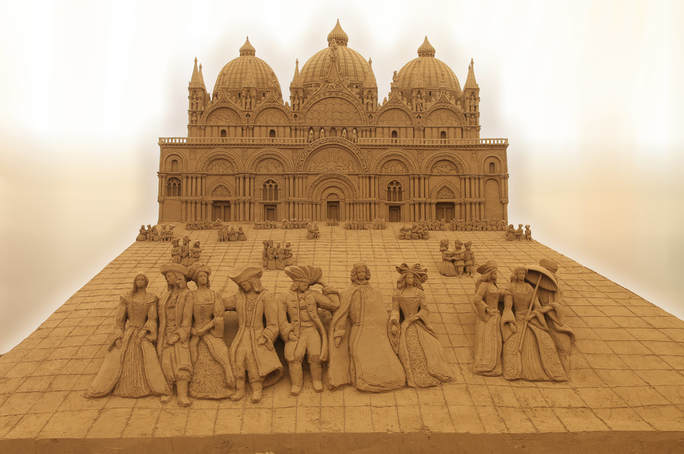


















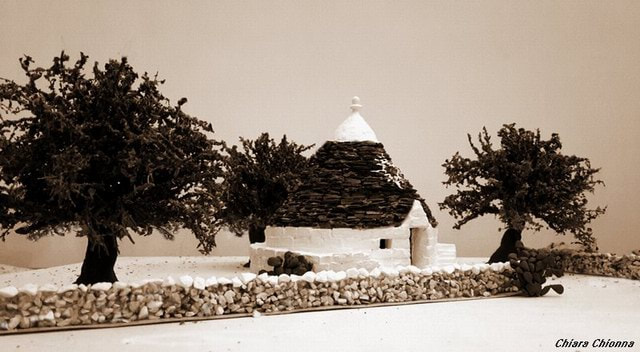


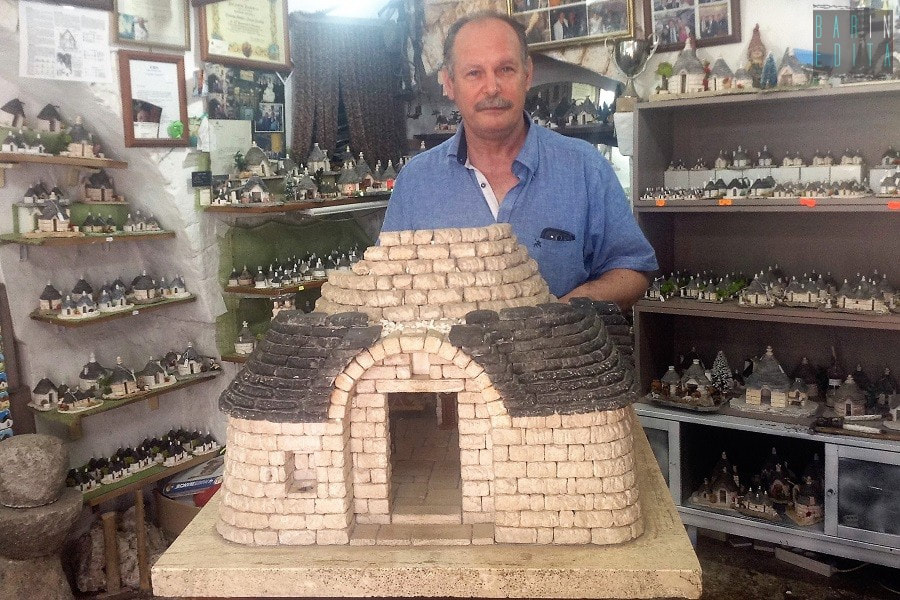














 RSS Feed
RSS Feed
